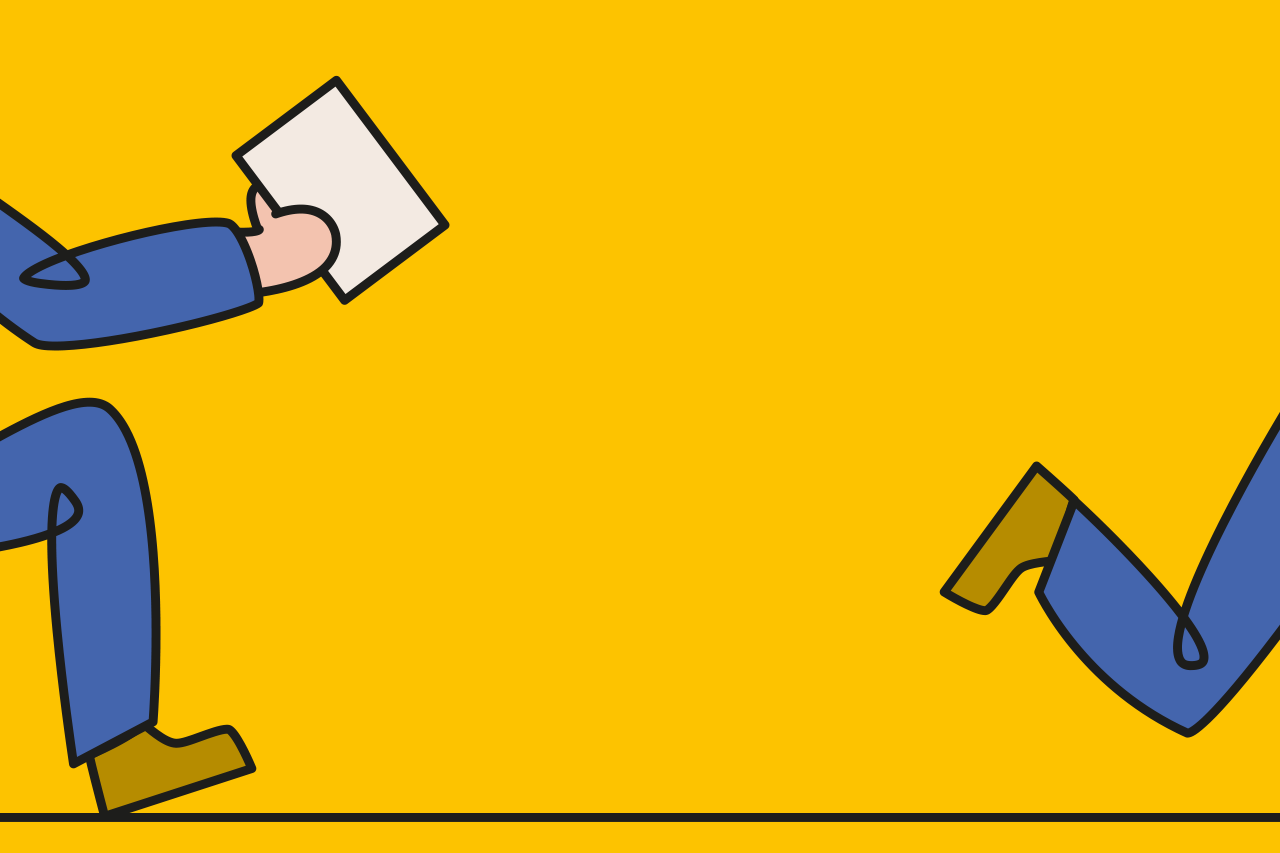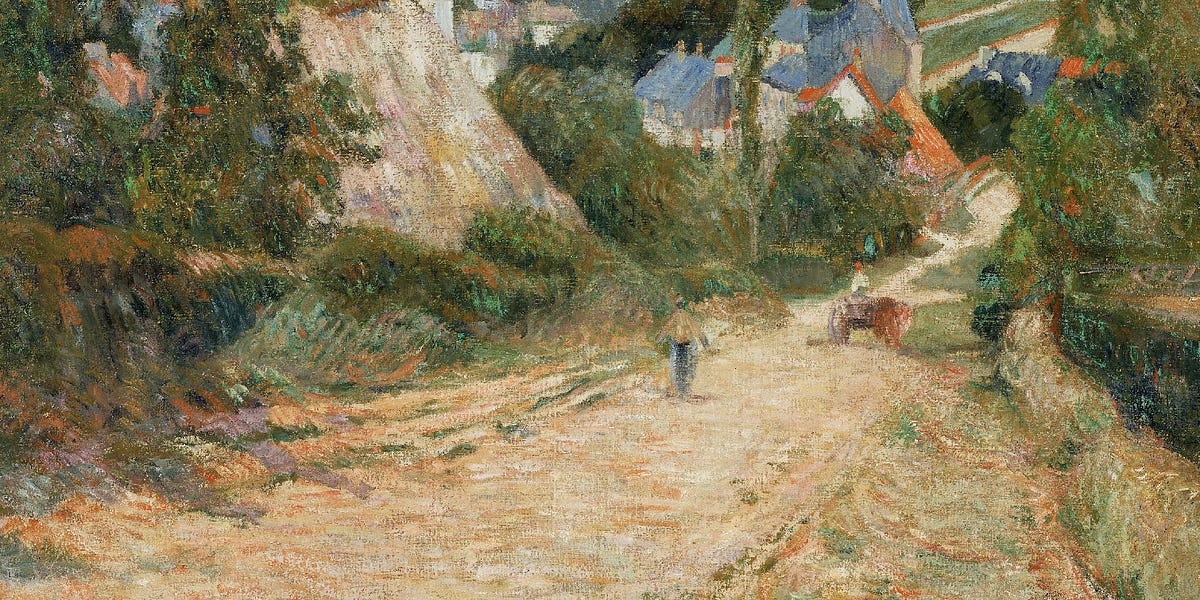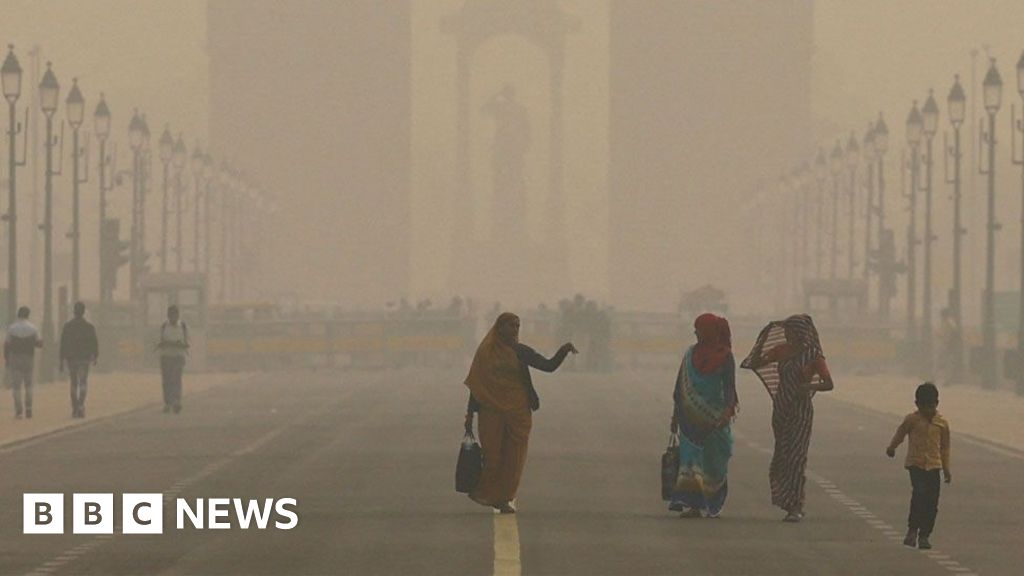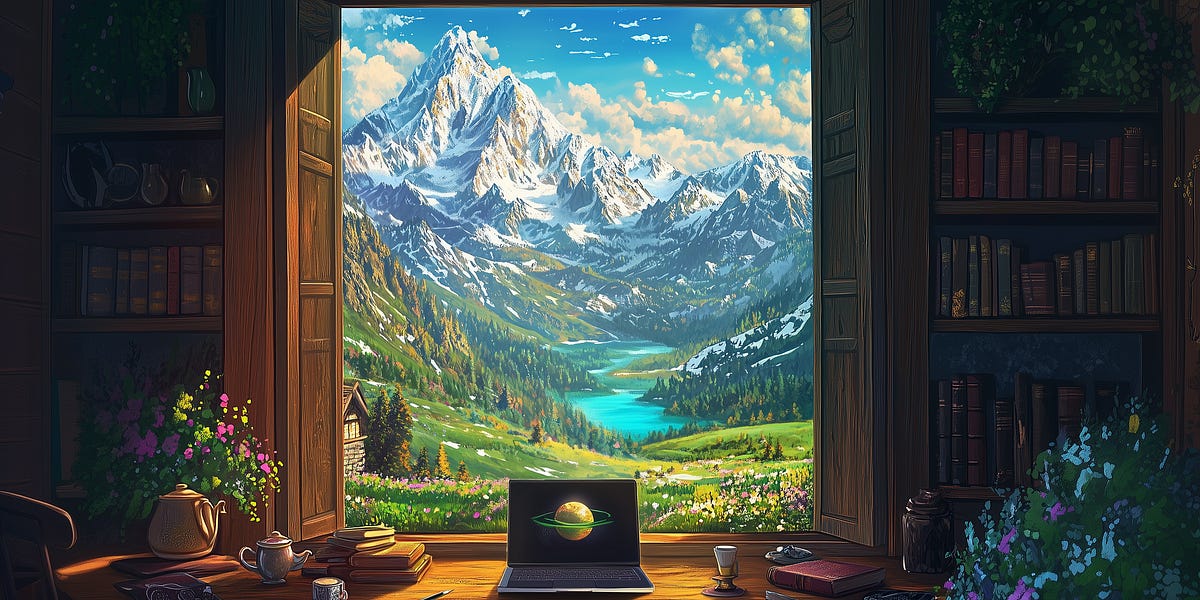Now Boarding: the Story of Airport by Lukas Schneider
Commercial aviation grew rapidly in the post-war years. In consequence, airports had to become more capable, too. After Building 1 “Europa” in 1955 and Building 2 “Britannic” in 1956, a third central terminal building was added in 1961. Named “Oceanic” (and later known as Terminal 3), it was to add to Heathrow as a place representative of the new Britain. The prestigious project was spearheaded by an architectural and graphic style that was bold, modern, and in line with the Jet Age. Up-and-coming designer Colin Forbes (1928–2022) was commissioned to work on the new signs, in coordination with architect Frederick Gibberd (1908–1984). Forbes brought in Matthew Carter (b.1937) – who was freelancing in London at the time – to draw a sans-serif typeface for the purpose. The idea was to start with Akzidenz-Grotesk, known in the UK under the export name Standard, and adapt it to a set of letters suitable for a sign face. According to “A Sign Systems Manual”, Akzidenz-Grotesk “fulfils the criteria of simple, bold, easily identifiable letterforms, with an individual but unaggressive personality not found in some of the more mechanical alternatives”. Carter recalls: “Working for Colin Forbes on the airport alphabet was very straightforward. He instructed me to base the design on Akzidenz but to change the terminals to horizontal. The only change that happened during the design process was the decision to make the lowercase x-height larger by shortening the ascenders and descenders and shrinking the capitals photographically.” The stated rationale for raising the x-height was to maximize legibility, “as signs are often required to be read and recognized at a distance and generally at speed”. Adjusting the angles of all stroke terminals to be horizontally or vertically “was considered an optical advantage for words used in large scale”. The Akzidenz ancestry is still evident in glyphs like 2, y, J. Carter also simplified the letterforms and made them more uniform in thickness, in a weight that sits between the medium and bold styles of Akzidenz. In many regards, the adaptations made to Akzidenz echo the considerations made in the design of Helvetica. In an interview for Computer Arts, Carter comments: “[I]f you look at it today, you'd think was a rip-off of Helvetica. But we’d never seen Helvetica in 1961 in London, although it had been produced in Switzerland near Basle at the Haas foundry in 1957. Even if we had seen it, and wanted to have it typeset in London, we’d have had to get on a plane and fly to Basle and have it typeset there, because the British typesetting trade was so conservative that typefaces like that were simply unobtainable.”
Acheron, Achinese, Acholi, Afar, Afrikaans, Ahtna, Alekano, Aleut, Amahuaca, Amarakaeri, Amis, Anaang, Andaandi, Dongolawi, Anuta, Aragonese, Arbëreshë Albanian, Asháninka, Ashéninka Perené, Atayal, Balinese, Bari, Basque, Batak Dairi, Batak Karo, Batak Mandailing, Batak Simalungun, Batak Toba, Bemba (Zambia), Bena (Tanzania), Bikol, Bislama, Borana-Arsi-Guji Oromo, Bosnian, Breton, Buginese, Candoshi-Shapra, Caquinte, Caribbean Hindustani, Cashibo-Cacataibo, Catalan, Cebuano, Central Aymara, Central Kurdish, Chamorro, Chavacano, Chiga, Chiltepec Chinantec, Chokwe, Chuukese, Cimbrian, Cofán, Cook Islands Māori, Cornish, Corsican, Creek, Crimean Tatar, Croatian, Czech, Danish, Dehu, Dutch, Eastern Arrernte, Eastern Oromo, English, Faroese, Fijian, Filipino, Finnish, French, Friulian, Gagauz, Galician, Ganda, Garifuna, German, Gheg Albanian, Gilbertese, Gooniyandi, Gourmanchéma, Guadeloupean Creole French, Gusii, Haitian, Hani, Hiligaynon, Hopi, Huastec, Hungarian, Icelandic, Iloko, Inari Sami, Indonesian, Irish, Istro Romanian, Italian, Ixcatlán Mazatec, Jamaican Creole English, Japanese, Javanese, Jola-Fonyi, K'iche', Kabuverdianu, Kala Lagaw Ya, Kalaallisut, Kalenjin, Kamba (Kenya), Kaonde, Kaqchikel, Karelian, Kashubian, Kekchí, Kenzi, Mattokki, Khasi, Kikuyu, Kimbundu, Kinyarwanda, Kituba (DRC), Kongo, Konzo, Kven Finnish, Kölsch, Ladin, Ladino, Latgalian, Lithuanian, Lombard, Low German, Lower Sorbian, Lozi, Luba-Lulua, Lule Sami, Luo (Kenya and Tanzania), Luxembourgish, Macedo-Romanian, Makonde, Malagasy, Malaysian, Maltese, Mandinka, Mandjak, Mankanya, Manx, Maore Comorian, Maori, Mapudungun, Marshallese, Matsés, Mauritian Creole, Meriam Mir, Meru, Minangkabau, Mirandese, Mohawk, Montenegrin, Munsee, Murrinh-Patha, Muslim Tat, Mwani, Mískito, Naga Pidgin, Ndonga, Neapolitan, Ngazidja Comorian, Niuean, Nobiin, Nomatsiguenga, North Azerbaijani, North Ndebele, Northern Kurdish, Northern Qiandong Miao, Northern Sami, Northern Uzbek, Norwegian, Nyanja, Nyankole, Occitan, Ojitlán Chinantec, Orma, Oroqen, Otuho, Palauan, Pampanga, Papantla Totonac, Papiamento, Pedi, Picard, Pichis Ashéninka, Piemontese, Pijin, Pintupi-Luritja, Pipil, Pite Sami, Pohnpeian, Polish, Portuguese, Potawatomi, Purepecha, Quechua, Romanian, Romansh, Rotokas, Rundi, Samoan, Sango, Sangu (Tanzania), Saramaccan, Sardinian, Scots, Scottish Gaelic, Sena, Seri, Seselwa Creole French, Shawnee, Shipibo-Conibo, Shona, Sicilian, Silesian, Slovak, Slovenian, Soga, Somali, Soninke, South Azerbaijani, South Ndebele, Southern Aymara, Southern Qiandong Miao, Southern Sami, Southern Sotho, Spanish, Sranan Tongo, Standard Estonian, Standard Latvian, Standard Malay, Sundanese, Swahili, Swedish, Swiss German, Tagalog, Tahitian, Talysh, Tedim Chin, Tetum, Tetun Dili, Tok Pisin, Tokelau, Tonga (Tonga Islands), Tonga (Zambia), Tosk Albanian, Tsakhur, Tumbuka, Turkish, Turkmen, Tzeltal, Tzotzil, Uab Meto, Ume Sami, Upper Guinea Crioulo, Upper Sorbian, Venetian, Veps, Võro, Walloon, Walser, Waray (Philippines), Warlpiri, Wayuu, Welsh, West Central Oromo, Western Abnaki, Western Frisian, Wiradjuri, Wolof, Xhosa, Yanesha', Yao, Yucateco, Zapotec, Zulu, Zuni, Záparo Errors and omissions excepted.













